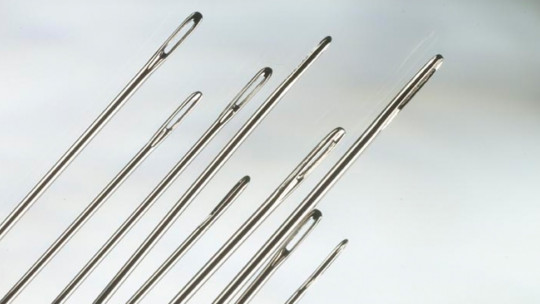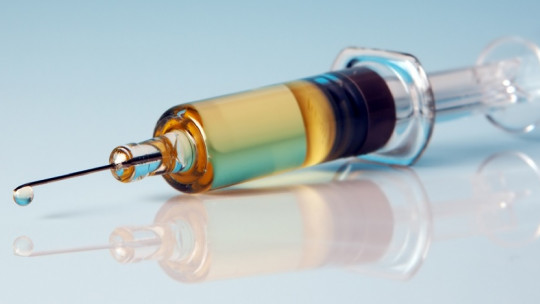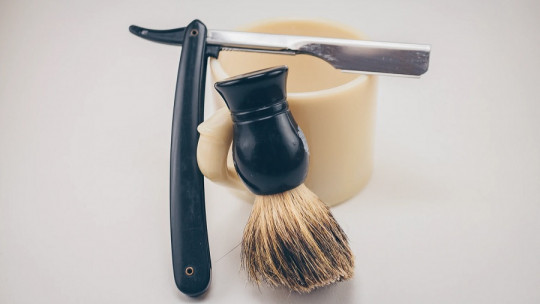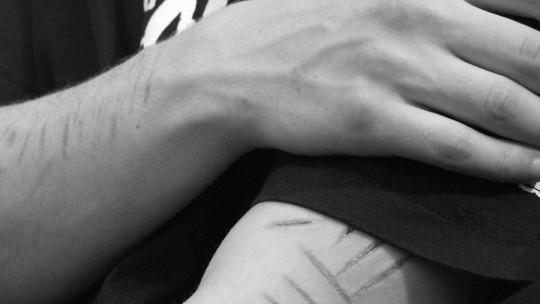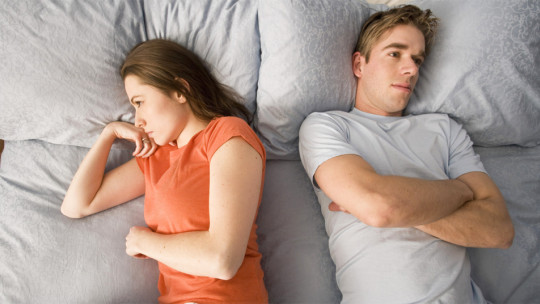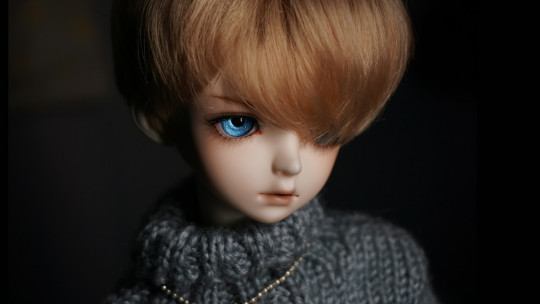It is adaptive to feel afraid of pointed or cutting objects; after all, few people like to feel pain or be hurt by a sharp edge. However, Sometimes this fear becomes excessive becoming a problem for those who must come into contact with objects such as needles for medical reasons.
Aichmophobia consists of the fear of these objects and the injury they can cause. It is closely related to the fear of harm and blood, often overlapping. The good news is that it is an anxiety disorder that, if followed well, responds very well to treatment.
What is aichmophobia?
As with all phobias, it is important to separate the adaptive fear from the phobia. You may be afraid or nervous before a test or before having an IV inserted. This It is very different from irrational fear and impenetrable rejection What the patient with aichmophobia feels.
The person with aichmophobia can get dizzy from simple eye contact with sharp or sharp objects such as needles, knives, scissors, saws, etc. Naturally, approaching or making contact with these objects is unthinkable. Most of the time, the phobia is limited to the fear of being stuck with a needle, for example, during an analysis. On other occasions the phobia is becoming generalized to fear situations such as receiving other invasive medical interventions, seeing or talking about surgical interventions, hospitals, medical and dental environments, medical instruments or smells of medicines.
What people with aichmophobia fear will happen if they come into contact with needles or sharp objects it is not limited to feeling hurt many go further and believe that they will faint, lose control and suffer a panic attack, think that the needle may break and remain inside or that they may feel all kinds of unpleasant physical sensations.
In this type of phobias related to blood, damage or injections, patients tend to show a unique physiological pattern when they come into contact with phobic stimuli. In aichmophobia, when the feared stimulus is perceived, an initial increase in blood pressure and heart rate occurs, followed by a rapid decrease in these parameters that eventually leads to the patient fainting if he remains in the situation. This is called a diphasic pattern and is unique to this class of phobias.
Causes of fear of sharp objects
Naturally, the cause of phobias is always very variable. Each person has a life story that explains their own fear, but it is possible to distinguish different factors that usually appear together with aichmophobia.
Sometimes it develops after a traumatic event. For example, after having a bad experience with needles or suffering a very painful cut. The observation of other people being injured by sharp objects in real or fictional situations, an unexpected panic attack in a situation involving needles, or the simple transmission of information by another person. Many people with phobia, however, They are unable to remember the specific reason due to the appearance of his disorder.
People who are more neurotic or have a tendency to feel fear in new or unknown situations are factors that predispose them to developing a phobia. Having overprotective parents, loss of parents, separation, physical abuse, and sexual abuse also tend to predict other anxiety disorders.
There may also be genetic susceptibilities to suffer from aichmophobia. People with these disorders show a unique tendency to faint in the presence of the phobic stimulus that other people do not have.
Consequences and effects
Specific phobias, including aichmophobia, are the group of anxiety disorders with the least severe impact on functioning. By definition, a phobia is the subject of clinical attention if it interferes with normal functioning. In aichmophobia, due to the specificity of the feared situations, there will only be interference if the patient must periodically undergo blood tests. That is why The majority of people with aichmophobia come for multiple phobias not because of a phobia in its purest form.
In the most severe cases, it is impossible to perform a blood draw or intravenous treatment, threatening the patient’s health. Even the mere presence of health personnel or the smell of a doctor’s office can be an aversive stimulus to be avoided, so that the individual ends up never going to the doctor for fear of receiving a puncture.
Treatment of aichmophobia
The best established treatment for aichmophobia is live exposure with applied voltage. It is a combination of two techniques that is specific for phobias in which there is a diphasic response pattern.
Live exhibition
The queen of techniques to eliminate phobias, it remains the best established treatment to end aichmophobia. It consists of the gradual approach to stimuli that produce phobic reactions. A first stimulus to overcome could be seeing the image of a needle until it barely generates anxiety. As stimuli are overcome, the patient will advance to more anxiety-inducing situations until reaching the goal of therapy, which could be undergoing a blood draw.
Sometimes a live exhibition can be too intense and it is better to start with an exhibition in imagination, i.e. Have the patient imagine the stimuli guided by the therapist and get used to them first.
Applied voltage
This technique will accompany the exhibition. It will serve the patient with aichmophobia as a crutch to overcome a very important obstacle: the diphasic response pattern. As we have said before, phobias of blood and damage are accompanied by a drop in tension that can end in fainting. To avoid this during exposure, the patient must tense the muscles while exposing himself to needles or knives. Thus the association between needles and fainting is progressively broken.
Fortunately, aichmophobia is a disorder with a high response rate to treatment. The vast majority of patients who consult because they are unable to face a needle end up overcoming their fears in very few sessions.


